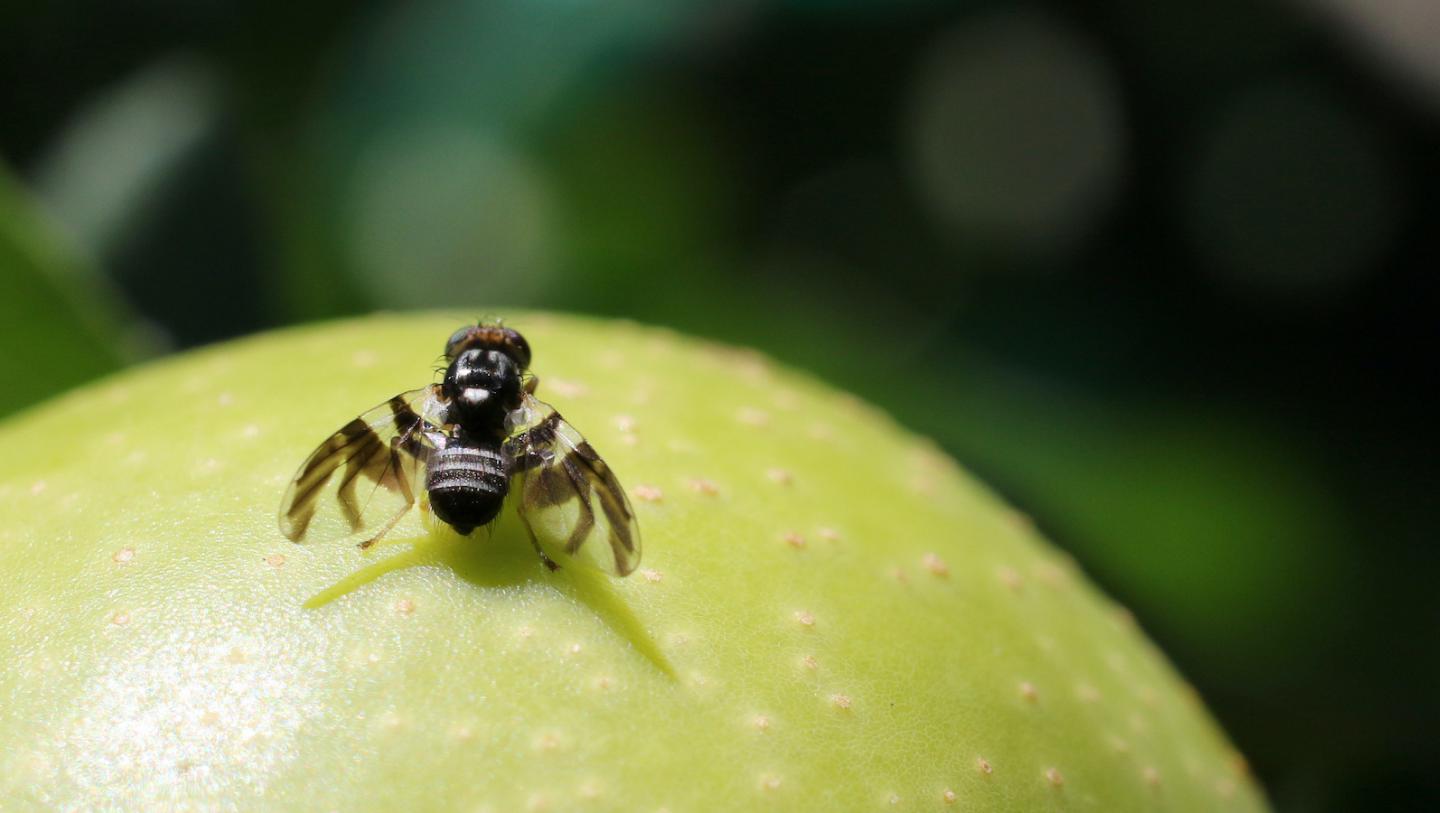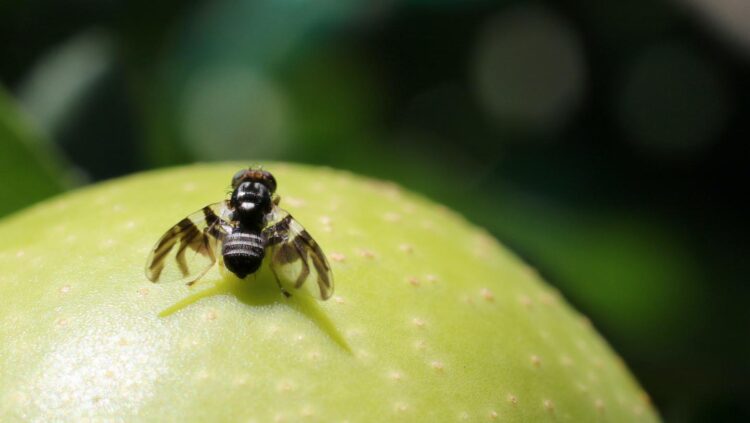
Credit: N/A
Fruit flies have the uncanny ability to wake up from a months-long hibernation right when their food of choice–say, the fruit from apple or Hawthorn trees–is at its peak. They’re active for a couple of weeks, eating and mating, before going dormant for the rest of the year. How this synchronization and remarkable timing happens has long been a mystery. In a world where global climate change is shifting the growing seasons, somehow the fruit flies keep up.
In a new study, scientists have found many genes responsible for setting the flies’ internal alarm clock and found that an imperceptibly slow development during dormancy is key to their rapid genetic adaption.
The study is published in the journal PNAS.
Internal Seasonal Timers
Like bears or ground squirrels, fruit flies time their slumber to coincide with seasonal food availability. They even evolve quickly enough to, say, shorten their dormancy to exploit longer growing seasons. Though some species rely on the predictable shortening and lengthening of days to cue their hibernation (called photoperiodism), others appear to have an internal mechanism.
“In addition to the 24-hour circadian clock that we all have, many fruit flies have an internal seasonal timer,” says study co-author Gregory Ragland, PhD, assistant professor of integrative biology at University of Colorado Denver. “They pop up, exploit their host, and disappear for nine or 10 months. There’s a useful marriage between what we know about the ecology and genetics of this process, which is why we approached this as a collaborative effort.”
Unlike photoperiodism, much of this particular type of dormancy, or diapause, remains unknown. To investigate, a team of researchers led by Edwina Dowle, PhD, and Ragland at CU Denver, and Tom Powell, PhD, and Daniel Hahn, PhD, at University of Florida, joined forces with Jeff Feder, PhD, from University of Notre Dame and Stewart Berlocher, PhD, from University of Illinois at Urbana-Champaign.
Tracking the Rate of Development
The group explored the hypothesis that differences in the rate of development during diapause drive the differences in the timing of seasonal activity. To test it, they collected two populations of the Rhagoletis pomonella flies that have one generation per year and overwinter as diapausing pupae. One population eats hawthorn berries, which are native to North America, while the other evolved the ability to eat apples introduced by colonists in North America about 400 years ago.
“Though it’s actually a fly larva, this is the proverbial ‘worm’ in the apple that has evolved into a major crop pest by adjusting its timing to coincide with the early fruiting time of apple,” says Ragland.
The researchers monitored the apple and haw flies in a lab, simulating overwintering for designated time intervals. During each interval, they tested the flies’ transcriptome, the bundle of RNA transcripts that determines traits. Sampling from the fly brains, researchers can compare snapshots of the RNA composition to measure developmental differences in the nervous system over long time periods.
“Watching their morphology over time, they appear to be in suspended animation” says Ragland. “But the brain transcriptome revealed subtle, yet steady developmental changes that accumulated over six months, eventually completing the process that cued them to pop out of dormancy.”
Polygenic Traits Key to a Speedy Evolution
This provides a possible mechanism that flies use to set their seasonal timer. The process also appears to be key for the rapid evolution of seasonality–apple flies have a slightly faster rate of development during dormancy, causing them to emerge earlier in the year.
By comparing genetic variants differing in the two fly populations, researchers found that polygenic traits led to the quickness of adaptation; many genes, each with very small effects, worked together to determine the rate of development. The research illustrates that crop pests and insect disease vectors with similar biology may rapidly respond to changing climates by a similar genetic mechanism.
Understanding the mechanics of diapause could also have a big impact on biomedical research, which depends on massive genetic stocks of the Drosophila fly curated in labs all over the world.
“People are interested in how to best preserve these flies because we can’t cryogenically preserve them yet,” says Ragland. “But if we could modify these lines to go into diapause, it would be a huge breathrough.”
Media Contact
Sarah Erickson
[email protected]
Original Source
http://news.
Related Journal Article
http://dx.





